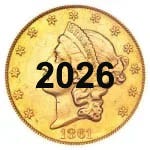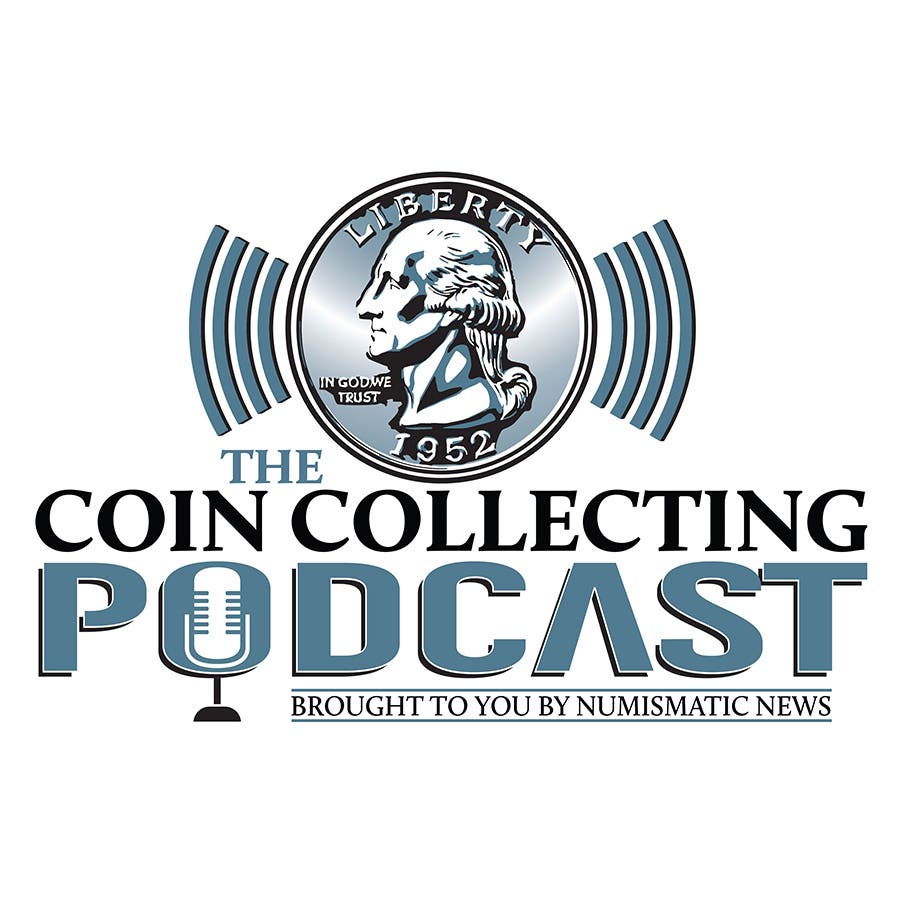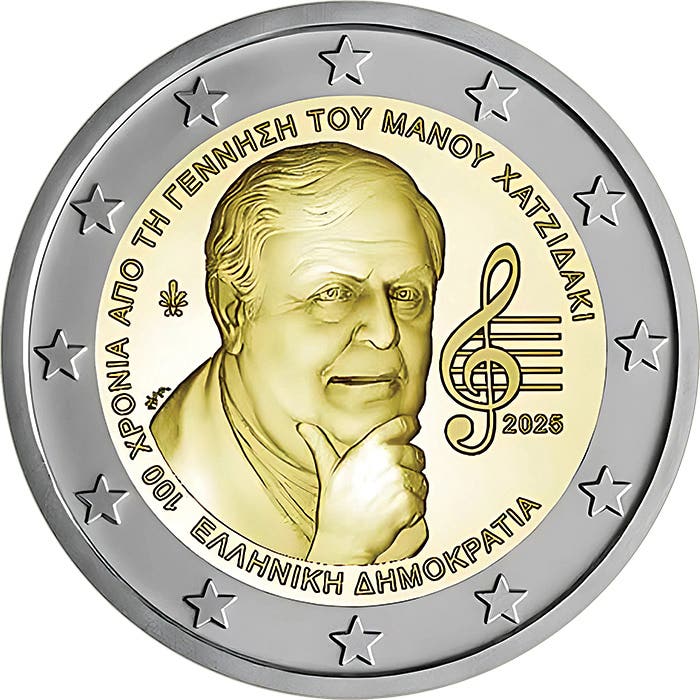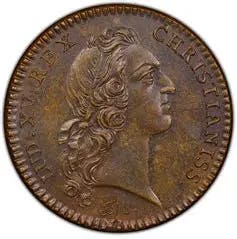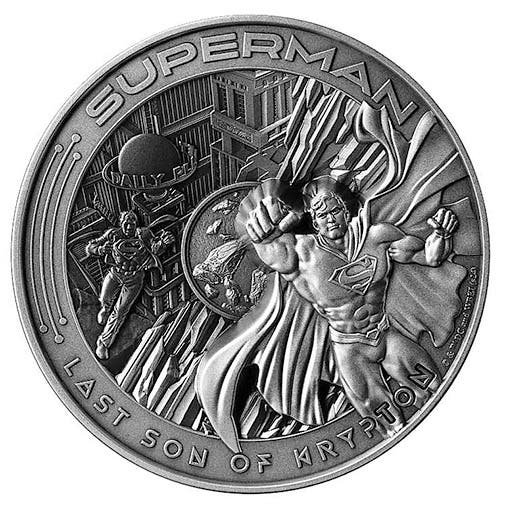Of coins and chronograms
The top-selling lot at Stack’s Bowers’ NYINC world coin sale back in January had its date woven into its reverse legend as a chronogram. Whether or not this aspect of…
The top-selling lot at Stack's Bowers' NYINC world coin sale back in January had its date woven into its reverse legend as a chronogram. Whether or not this aspect of the coin contributed to the U.S. $78,000 price tag of the Nürnberg 8 ducat is unknown, but it sure didn’t hurt.
Chronograms have been around for a long time. They occur in many cultures. The legends of coins have provided a favorite habitat in which they thrive.
The word means “time writing” or “time letters.” It refers to interpreting specific letters in a sentence or coin legend as numerals. When these are rearranged, they provide a specific date. Both Roman and Hebrew characters are the most commonly used.
The reverse legend on the ducat provides an example. Certain letters are shown in a large font. From left to right, these are: V V D M I V C C V. Rearranging these, we have the Roman numerals MDCCVVVVI, or 1721, the date the coin was struck, where M=1000, D=500, C=100, L=50, X=10, V=5, I=1.
Clearly, when it comes to coins, it is essential to have a legend containing the letters to provide the appropriate Roman date.
Chronograms are quite common among European issues of the 17th and 18th centuries, particularly higher-value coins of the German states. A nice example from Saxony is provided by a klippe taler struck by Johann Georg I to mark the baptism of his son. The reverse legend contains the letters V I I L D I L I V I M in large font. These rearrange as MDLLVVIIII, or 1614.
Medals of Tsar Peter the Great of Russia frequently display chronograms. Among them, a large gold medal by Philipp Müller is of particular note. Not only does it celebrate the founding of Russia’s Baltic fleet but it also provided a model for subsequent generations of Russian medalists.
The reverse legend reads FINNIA ECCE TRIDENTEM [Finland behold the trident]. The larger letters, bolded here, give MDCCIII, or 1703.
Occasionally, the obverse legend is cunningly worked to incorporate a chronogram. This occurs in a copper jeton of Archduchess Maria Elisabeth of Austria, Governor of the Austrian Netherlands. Her title reads: ELISABETA SEXTO BELGII AUSTRIACIMODERATATRIX. This one is a bit tricky, as the “U” in AUSTRIA doubles as a “V.”
Breaking it down, we have LIXLIIVICIMDIX, for MDDCLLXXVIIIIII, or 1731.
A particularly fine example with a British theme is found on a silver medal struck by the Dutch Republic for James I. It commemorates the discovery and failure of the Gunpowder Plot. Amongst a design heavy with political and religious symbolism, the reverse legend contains the date within the legend NON DORMITASTI ANTISTES IACOBI [You, the keeper of James, have not slept]. Readers may wish to figure out the date of Guy Fawkes’ arrest from the bolded letters.
This article was originally printed in World Coin News. >> Subscribe today.
If you like what you've read here, we invite you to visit our online bookstore to learn more about Standard Catalog of World Coins, 1701-1800.
NumismaticNews.net is a participant in the Amazon Services LLC Associates Program, an affiliate advertising program designed to provide a means for sites to earn advertising fees by advertising and linking to Amazon.com and affiliated websites.


